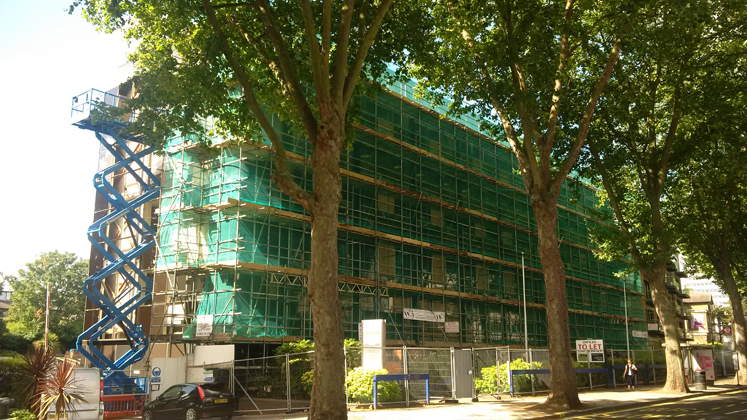Our approach
Using our experience and detailed understanding of the process we can often pre-guess our opponent’s motives, aims and strategies to get ahead of them. Typical strategies include:
Acting for landlords (or occupiers with sub-tenants) we would:
- Analyse the lease documentation, inspect the property and jointly develop a strategy with the client that would include a review of service charge obligations and recovery
- Identify, document and estimate the cost the tenant’s repair, redecoration and reinstatement liabilities and prepare a schedule of dilapidations (or repair notice) for service on the tenant
- Create a PPM for the site and specify, competitively tender and administer service charge recoverable works.
- Use the schedules or repairs notices in subsequent negotiations with the tenant, with the aim of having the tenant carry out the works or properly compensate the landlord if the works are to be carried out in their default after lease end
- If a negotiated settlement is unachievable by lease end, organise competitive tenders, administer the dilapidations works through to completion and assist the landlord in recovering their costs through legal action
- The majority of our negotiations are concluded before lease end with an average 20% conceded reduction in the initial claim
Acting for tenants we will:
- Analyse the lease documentation, inspect the property and jointly develop a strategy with the client
- Identify, document and estimate the cost the tenant’s repair, redecoration and reinstatement liabilities
- Use our assessment of the tenant’s actual liabilities in subsequent negotiations with the landlord’s surveyor
- If a negotiated settlement is unachievable (and time permits), instruct contractors and administer the works through to completion and lead discussions with the landlord over any subsequent arguments over quality or lease interpretation
- The majority of our negotiations are concluded before lease end with an average 70% negotiated reduction in the tenant’s liability


